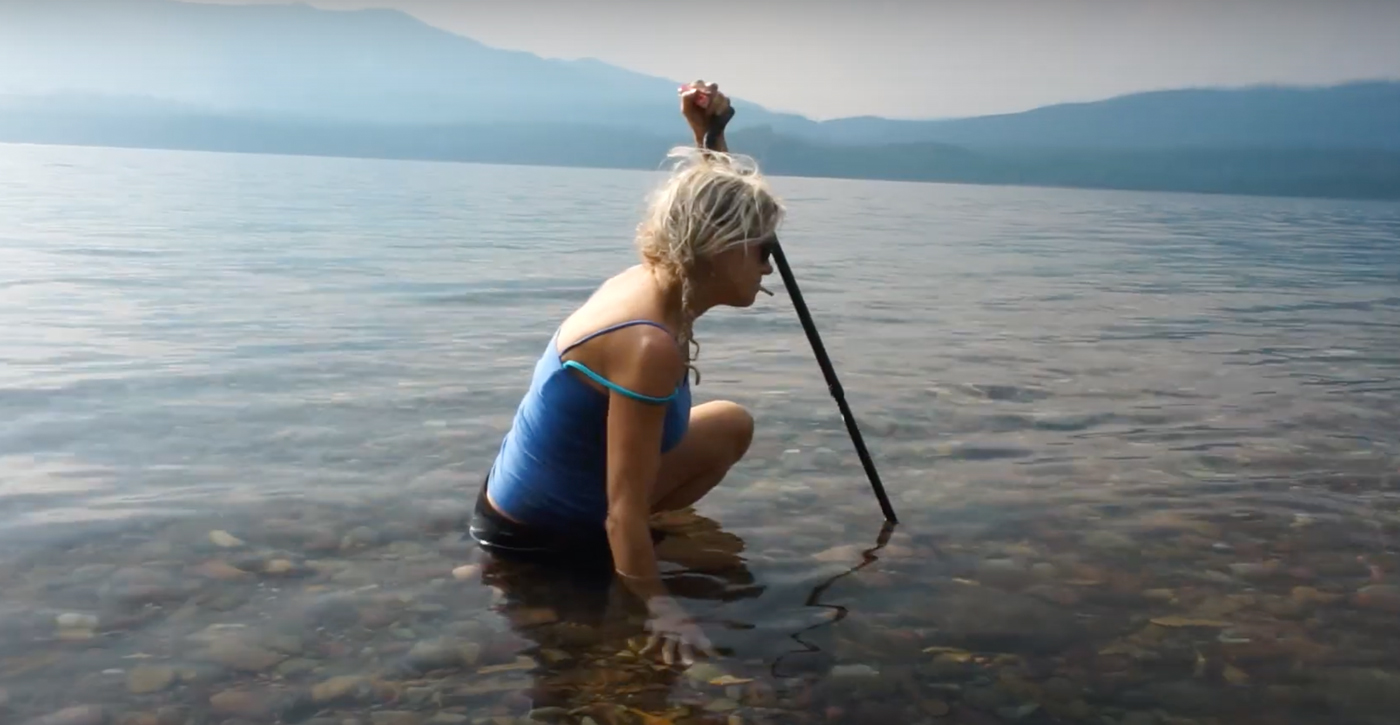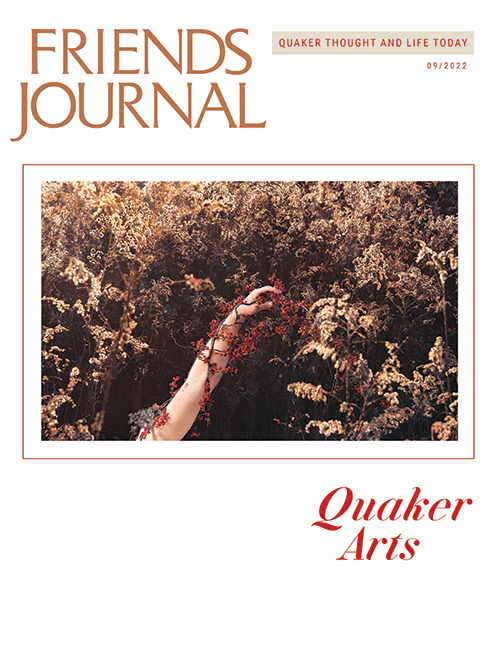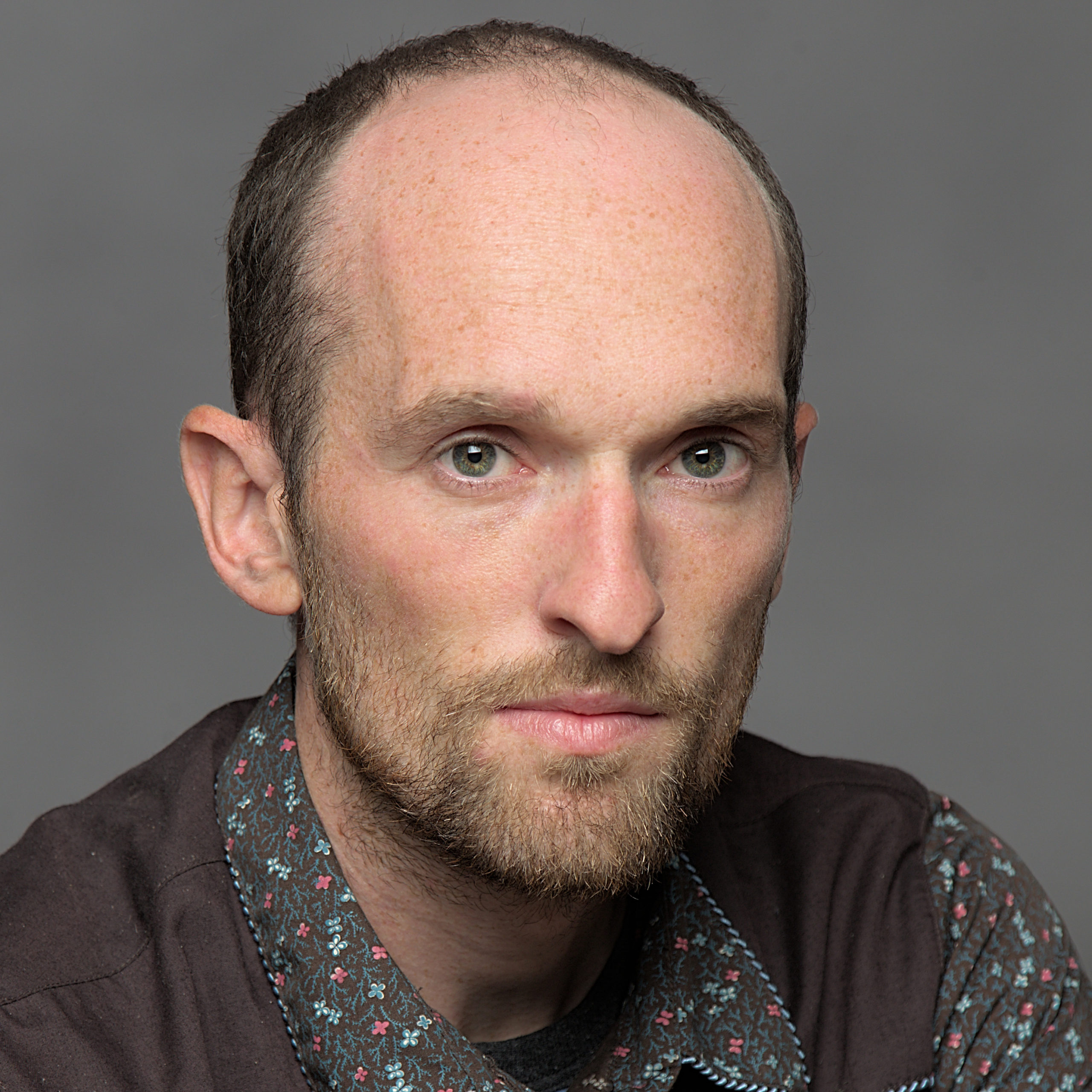In 1656, as a prisoner in Cornwall, George Fox wrote to Quaker ministers (as written down by Ann Downer):
And this is the word of the Lord God to you all, and a charge to you all in the presence of the living God: be patterns, be examples in all countries, places, islands, nations, wherever you come, that your carriage and life may preach among all sorts of people, and to them; then you will come to walk cheerfully over the world, answering that of God in every one.
As a documentary filmmaker, I have been grappling of late with the Quaker calling to answer that of God in each other. What does answering “that of God” mean? And how do I have to grow in order to be able to more fully answer whatever that of God is? These questions permeate my efforts to create my first feature-length documentary, Ain’t Got Time to Die, about my friend Rachel’s journey with terminal cancer. Making this film offers me a way of putting my Quaker spirituality into practice and of working through my Quaker values.
In order to describe my efforts to answer that of God in filmmaking, however, I will first talk about my experience of God. Until recently, I shied away from even believing in God. I cringed at the ways in which the concept of God is used to claim definitive understanding of an unknowable universe. I was tired of God’s patriarchal portrayal in Judeo-Christian theology and tired of the transactional nature of belief-for-redemption-otherwise-go-to-hell Christianity. Quakerism offered me a spiritual community that gave me the space to exist comfortably as an agnostic. Atheism and belief in God both seemed permeated with arrogance; how could we as humans have any idea of the spiritual nature of being? I existed in that space for a long time, and did not expect that to change.
Reading Julia Cameron’s The Artist’s Way, I was at first turned off by her frequent reference to God. As I worked my way through the exercises in the book, my perspective shifted. One quote of Cameron’s that particularly resonates with me: “Creativity requires faith. Faith requires that we relinquish control.” Cameron offers a view of creativity-infused spirituality, God as not just Creator but Spirit guiding our own acts of creation, if we let Spirit. She described what I had grown up with as a Quaker, though not necessarily believed in theologically: the idea of “way opens.” Being an artist is like living a life devoted to this Quaker saying: constantly questioning; constantly allowing new paths, new ideas to present themselves and deepen our lives, our art. Cameron writes of spirituality with joy, describing the sense of abundance that her spirituality provides her.
Her belief in herself as a capable creator entwines with her sense of Spirit. She shares the joy of those mystic believers: the ones who eschew dogma, who embrace the mystery of Spirit and the experiential richness of faith. After over a decade of resistance, I allowed myself to believe in God, while simultaneously maintaining space for the possibility of not-God. The act of believing is an end in and of itself, a way of living with joy in the creative potential of all human beings around us. Creativity, then, is that of God. Creativity is love is joy is God. In any human’s life, there are myriad opportunities for us to experience bounteous, joyous, creative moments. When we give ourselves to that potential, whether it fits under the guise of God or not, we free ourselves from all of that which seeks to dampen our spirit, we find that of God in ourselves. Practically speaking, how do I put this idea into practice?
Creativity is love is joy is God. In any human’s life, there are myriad opportunities for us to experience bounteous, joyous, creative moments.
My most recent film project has particularly tested and nourished my ability to answer that of God in someone who is very different from me. I met Rachel Heisham Bieri through a Facebook hiking group in 2020, a few months after she had been diagnosed with terminal cancer. She had already outlived her diagnosis and was going strong when I met her, hiking mountains barefoot and driving all over western Montana in the pursuit of hot springs and adventure. She was 45 when I met her: a grandmother, a fighter, a grown-up farm girl who had lived the majority of her adult life without running water. She had struggled with and overcome an alcohol addiction. And she was a determined COVID anti-vaxxer, convinced that Anthony Fauci and Bill Gates were conspiring to enact population control. I simultaneously admired Rachel’s resilience and adventurousness while looking dismissively at her views on science. She, in turn, looked dismissively at my views on science.
The more I filmed Rachel, the more I realized that I was not just filming her health journey. I was filming Rachel in her rich, complicated, at times painful, fullness. I was filming her creative potential and the obstacles that prevent her from realizing that potential, that prevent her from finding peace. I was filming that of God in Rachel. Were what I considered the good parts of Rachel that of God, and the rest of her that of not-God? That approach seemed too simplistic, too dualistic. Who was I to make that distinction? I could not. As I contemplated that question more, I began to question the phrase “that of God” itself. I could not differentiate that of God and that not of God. And that of God was not enough to describe Rachel. She had more than just that of God in her, more than just a part of God. When Jesus went among the so-called sinners, the outcasts of society, he saw them for what they were, not just that of God, but God itself. We are God; God is us. Rachel’s wounds are God. Rachel’s joy is God. Rachel’s difficulty repairing her relationship with her daughter is God. To separate any part of Rachel from God is to attempt to split apart the unsplittable, the infinite. Infinity divided by two is still infinity. In a similar way to how light can have properties of both a wave and a particle, we can have both lightness and darkness inside of us and still be God.
How do I go about making a film about Rachel guided by this vision? I am drawn to show the roughness of her life, her wounds, her pain, because I see that is a part of her, and she too is God. Though when I show Rachel the footage as it’s progressing, she says it is too grim. In response, I work to reflect more of the moments of joy in her life: playing with her dogs and grandkids, hiking, lounging in hot springs. These moments, too, are Rachel as God. Rachel sees herself as strong. She wants to be seen as strong, not weak. I see her as strong and weak simultaneously—possessing both great strength and extreme vulnerability, extreme bitterness, extreme hurt—in the same way that all of us possess parts of strength and parts of weakness. My responsibility to seek truth as a filmmaker has the potential to clash with how Rachel wants to be seen. As a filmmaker, I have an incredible power over how Rachel is seen. She has welcomed me into her life to document her journey without knowing what that process would entail. She has allowed me to document some of her most vulnerable moments. There are no easy answers for me as I edit the footage into a film, but all I can do is trust the process, trust way to open. I must trust the bonds of friendship that Rachel and I have formed to guide both of us through this process, to learn from each other and give of ourselves, to trust in each other’s divinity.
As Rachel goes through this journey with terminal cancer, please hold her in the Light. She has recently moved back to her family in Kansas and finds as much joy as she can in each day.





Comments on Friendsjournal.org may be used in the Forum of the print magazine and may be edited for length and clarity.